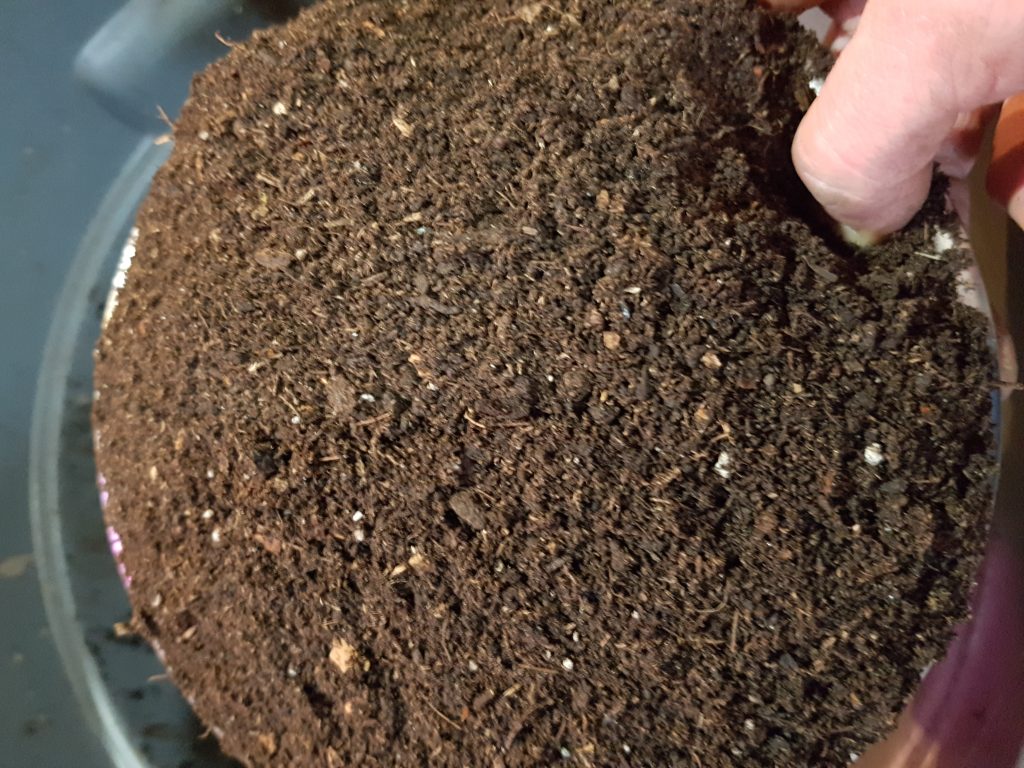The act of composting has been on the Earth since life began.
The decay, decomposition and consumption of one organism by other organisms is a natural process. So, of course, humans have found a way to use these natural processes to aid humans. Luckily for the planet though, our need to improve everything is actually helping the Earth. By speeding up the natural process, an increase to the size and production of the compost can be made.
In nature, things happen slowly and in place. Leaves fall under the tree they grew on, and slowly decompose, eventually feeding the tree. By actively composting the leaves, the nutrients contained in them become available to the tree quicker. We can manage some of the pathogens and non-beneficial organisms that would harm the tree. Additionally, we add to those nutrients and allow the beneficial organisms to multiply.

There are as many ways to actively compost as there is farming.

Consider composting as livestock management or animal husbandry, with compost being the by-product. This is a good mindset to begin composting. They are visible such as worms and mites, and microscopic like nematodes and protozoa. It is the organisms in the compost that are the key to the composting process.
There are three categories that these organisms fall into:
Primary consumers, Secondary consumers and Tertiary consumers. For the
most part, the later feeds on the previous category with the Primary consumers
actually consuming most of the feedstock.

The populations of organisms in compost depend on the feedstock and location
of the pile. Geographically, and if the compost is inside or outside. For example, there will not likely be any ants or bees in an indoor vermicomposting bin. However, ants and bees can be very important parts of outdoor layered compost. Comparatively, if there are banana peels from the same hand in an outdoor compost pile and in an indoor vermicomposting bin. There will be similar organisms in both bins. Brought in on, and attracted to, the peel.
In order to keep all of these organisms as healthy and happy as possible, consider the location available for the compost. For a small space in colder climates, indoor vermicomposting may be the right fit. When space and feedstock are available multi-bin, composts are better. Especially in warm climates, where composting can occur year round outside.
Every method of composting require the organisms to be healthy.
Aerobic or anaerobic, inside or outside, batch or continuous. Composts are considered ecosystems that require food, water, and air.
Adjustments are made to temperature, nutrient balance, and moisture. This is to maintain optimum conditions as time goes on. Dependent on the method used, the optimums of any one variable will be different. Consider carefully before picking a method. Some require more attention than
others.
Any problems that arise can be remedied, and if the problems become to
numerous for whatever reason, composting is a human improvement on a natural
process, so it can be left unattended and eventually, Mother Earth will take back
control and the process continues without us.
